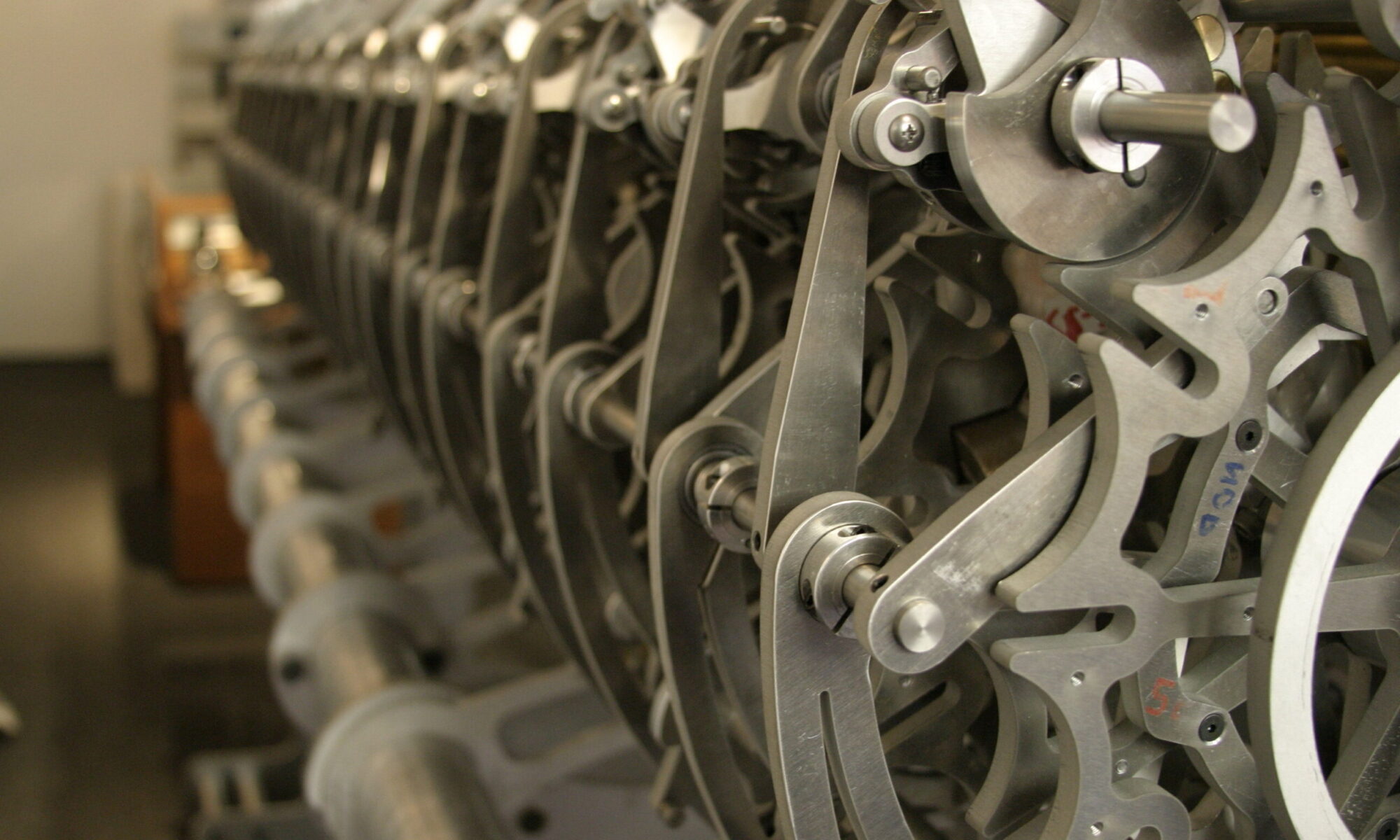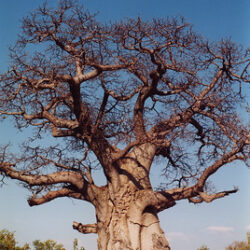Sometimes it’s hard to talk to each other these days. It’s just never long until we all get to the fear or the loathing or both, like the whole world’s problems tag along to every coffee, every glance at a face to see if it’s familiar. These days abstract doom floats around like the Holy Spirit, visiting large enough conversations to remind us all that we are living in some kind of ignoble end times, where we have drawn ourselves into so much cynical corruption that the Devil himself has given up and gone home.
I have noticed that there’s a dark thing hanging over me, corroding my sense of hope like an acid in the air. You probably know it, you probably have your own name for it. We all joke about living in the end times these days, but it’s a joke wrapped around the pain of existing in this world we regret building for ourselves. We want to talk about it but don’t know how to step out of the protective coat of cynicism.
A friend wished me a Happy New Years saying, “Unsure how much sense it makes to say happy if we already know it’s gonna suck.” I read this and sighed. I hate where we are right now. I’ve battled with depression all my life, and sometimes it feels like it leaked out of me and poisoned the whole world.
I feel like a flawed vessel. I have so much to do, so much to say, even things that might help, but it all flows out from the cracks in my self and is lost. I end up paralyzed, angry, and most of all, disappointed. In my work I’m disappointed, in my species, in our little flawed orb, wobbling along its course around the sun. Disappointment holds the stars up in our skies, too far away to be reached. As I get older the endless media doom and my own intractable problems don’t excite the same fear and despair they once did; they have ossified with age, quieter, but harder.
The internet was supposed to fix a lot of these things, let us do better and more than we’d ever done before. But it turned out we also could finally see each other, and we lost our damn minds. The internet did amplify our ideas, but a lot of them weren’t very good ideas.
My daughter, who featured prominently in the first two versions of this essay, has gone off into this world now, to deal with problems of her own. I see her struggling as I’ve struggled, white knuckling her way through university with the the gray slate determination required by the modern world — all while wondering if there’s any future at all. When we talk, I see my worries in her worries; school is hard, the systems she’s dealing with are broken. She’s trying to learn, but often the process gets in the way of the education itself. She’s frustrated, I’m frustrated, everyone seems to be. She’s trying to concentrate, but everything is broken.
Our technology has turned a vague online omniscience into a constant sense of futile hopelessness. We all know what’s happening, but our knowledge is useless. I know children are dying, children I would love if they were near me, and like an pathetic lesser god I can only watch it happen, defeated by my omni-impotence.
This age, or perhaps end of an age, comes with a deep malaise which I suspect is increasingly universal. It binds me to my enemies and the people who have learned to hate me without knowing me, as I have been taught to hate them. We lack a civil inattention for each other, and pay each other either no care at all, or horrifically uncivil attention.
We’re all trapped in a broken world, breaking it more because we can’t stand working together long enough to fix it. It all feels too much for mere humans to fix, and I feel so mere.
But when it gets too scary, too much, too depressing, I have a trick. I learned it on airplanes, which are uncomfortable and luxurious, boring and terrifying, all at once. When everything is just overwhelming, and I’m scared and cramped and feel like I can’t do this anymore, I look out the closest little portal to the sky and whisper to myself:
I have seen the tops of clouds.
Because I have. I have gone so high that I looked down and saw so many clouds that the whole world was hidden below them. I have looked down on the place where we once presumed Heaven dwelled with angels and God and saw it break apart and reveal cities that stretched out to the edge –the very edge!– of my perception. I have seen the curved Earth fall away from me. Glaciers have bloomed from the sea below the edge of my little window. I have even the trails of air currents dancing along titanium wingtips.
What we can see now, what we can know!
I have seen the surface of our moon, mountains on Mars, and close ups of the rings of Saturn. I sat with my species as we waited with refreshing browsers, and saw the unexpected heart on Pluto. I have watched, holding my breath, a robot child of humanity touch the outer edges of the sun. Just because we wanted to, just because we could learn something more about our collective home that way.
I have seen people brought back from the brink of death by medicine that comes from our desire to know, to help, and to defy fate. And then, I was brought back from the brink of death, too. I habitually run my hands along my neck, where they cut me open, changed me, and gave me another chance at this all-too-complex life.
This uncomfortable near future we are living in is multifarious. People will survive cancer, deaths from tuberculosis will fall, guinea worm is almost gone. Hunger will cause useless stupid deaths for so many infinitely complex conscious humans, but vaccines and building codes and phones will not only save countless more, but give them lives full of wonders their ancestors could never have imagined. Many of them will struggle every day, and many of them will invent new worlds for the rest of us, and some of them will do both.
We will be buffeted with wonders in these years, and distracted from them by the pain of others, as well we should be. This has already begun, and we struggle with it, as we should. We will get bored of pictures of the deep universe. We will forget about them, then rediscover them and their beauty and depth will catch in our throats. This will happen thousands of times, but never be counted.
People will be born, people who never had a chance to be before we learned how to take care of each other this much. We will fight to keep nature alive, and sometimes we will win. Other times, nature in its endless creativity will adapt and surprise us, reminding humanity that we are not alone, but surrounded by the most tenacious of life. It is life that will go on with or without us, in riotous color and sound and chemistry.
We are in terrible trouble, but we’re in that trouble because we dug up the grave of the Carboniferous trees and used their bodies to build cities and fill the skies and seas and land with ourselves and our strange inventions. We built a civilization and tamed rivers and eventually left the earth, and when we looked back, we fell in love with it like no creature ever had before us.
We used the Carboniferous to feed and shelter each other, and all over the world we broke down the barriers of time and space and mixed and danced and fought and loved each other.
We built rockets, and instead of just endlessly killing each other with them, we learned to turn them towards the stars and shoot telescopes in the endless black. We found the baby picture of the whole damn universe in the cosmic background radiation, and we still didn’t stop looking for more things to understand about our endless home. My partner and I watched the James Webb launch, and I cried. We looked out at other worlds and saw their weather, and made pictures that felt like you could reach out and poke their clouds.
We don’t know how to control what we’ve done with our energy, we don’t know if we did right, we’re nervous and scared and fighting amongst ourselves because we have a whole world to manage and no one to teach us how. We are all venal and loving and confused and not sure what we’re supposed to make of this endless universe pressing in on our little planet from every direction. It feels hard to be human, because it is hard to be human.
In every age we build a new civilization and new ways of being us, and we’re always winging it. We’re always trying, hoping, and longing to be something more than we were yesterday. Fighting and loving and screaming and falling silent, but never so silent as the universe around us. We are such creatures, hyperactively changing everything we touch. And always looking for more things to touch.
We are so radio noisy we can light up a solar system at night. We are life, a conscious tip of the universe gazing in awe (and confusion) at itself. We left our oceanic womb, climbed the trees, and kept going so high that we saw the tops of clouds, and we’re not done climbing yet.
Every week, when she’s done with her work, or it’s done with her, my daughter gets into a video call with old friends who are thousand of miles away. In the monitor light they talk and laugh and roll dice playing D&D, reconnected through cables humans laid past continents and oceans. They dream in unison, no longer so distant. When I see her laughing, when she tells me stories from her adventure, I’m glad for what we built, and how much we use it to have fun, and laugh, and love each other. We take care of each other over distances our ancestors couldn’t have contemplated.
None of this made us perfect, nothing we’ve done made it any easier to be human on this wonderfully strange little rock flying through the galaxy in solar spirals. But it’s good that we’re here, that we care, that we look, that we try to learn to live with each other.
We have seen the tops of clouds on other worlds.





